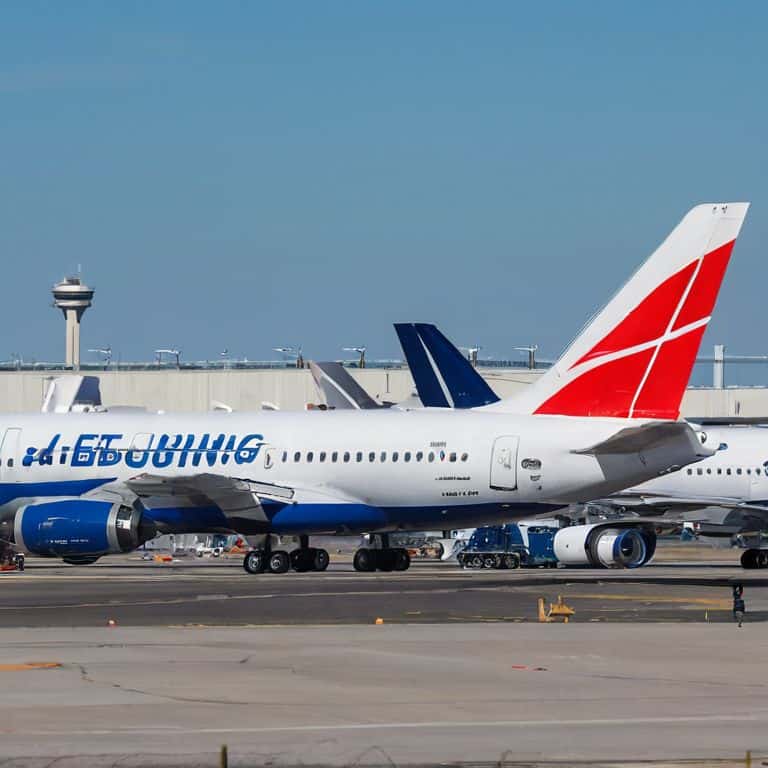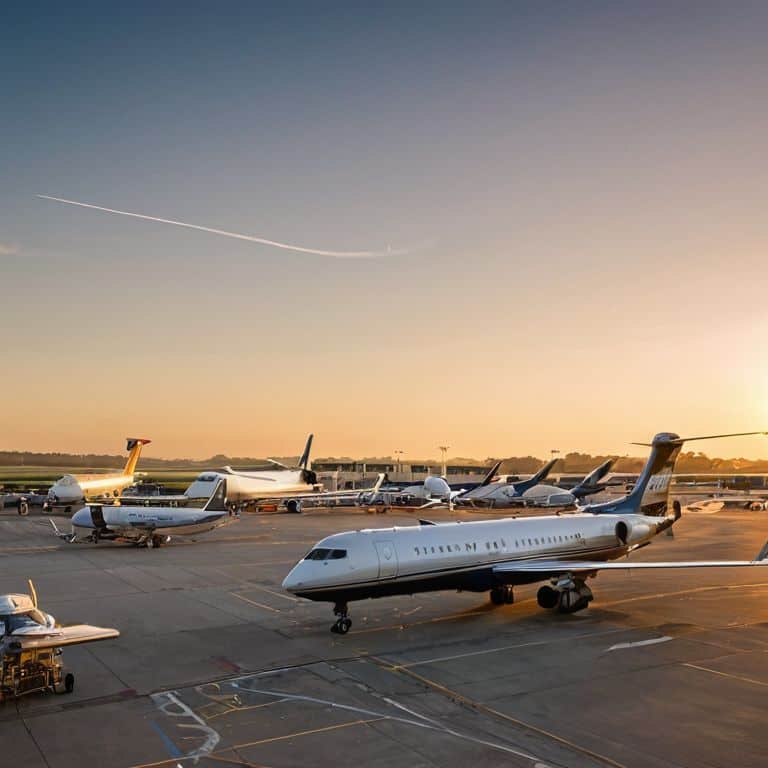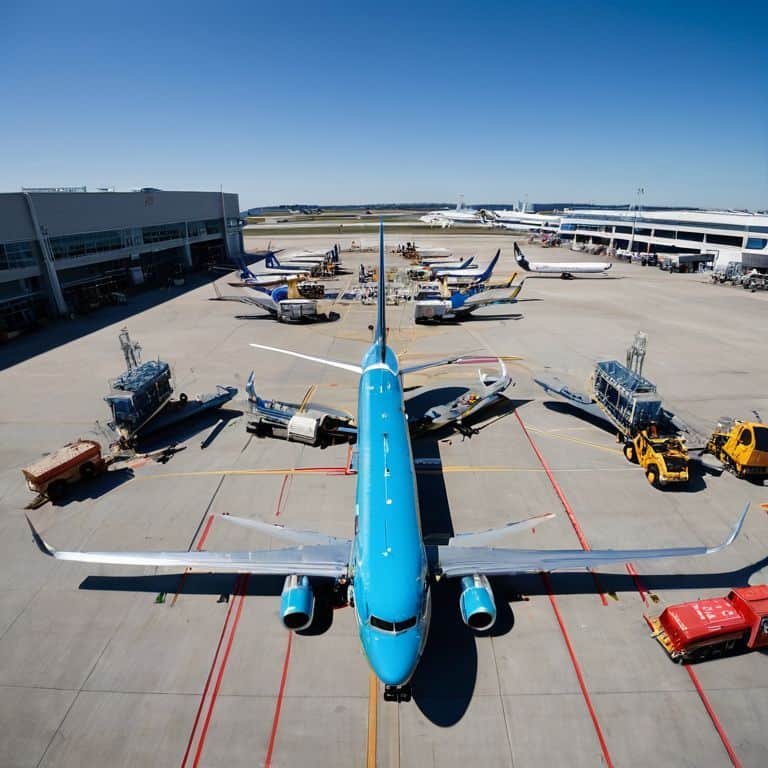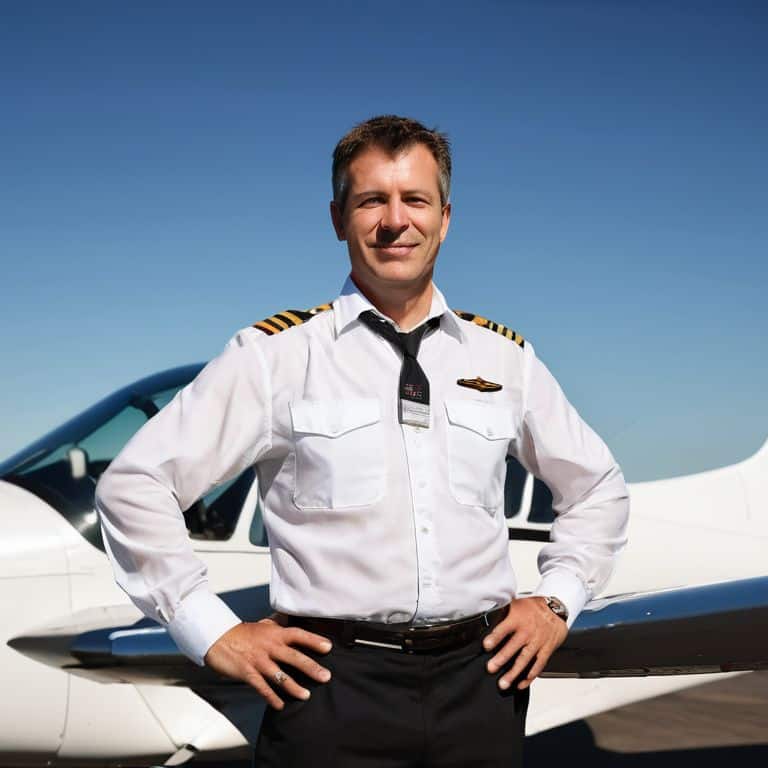I still remember the first time I struggled to identify airplanes as a young pilot. I was on the ground, watching planes take off and land, and I couldn’t tell the difference between a Boeing and an Airbus. It wasn’t until I started my flight training that I realized it wasn’t as complicated as I thought. In fact, learning how to identify airplanes is a skill that can be developed with a little practice and patience. As a flight instructor, I’ve seen many students struggle with this same issue, and I’m excited to share my knowledge with you.
In this article, I’ll take you through a step-by-step guide on how to identify airplanes, from recognizing the different types of aircraft to understanding their unique features. You’ll learn how to spot the differences between various planes, and by the end of this guide, you’ll be able to confidently identify the planes that rule the air. My goal is to make this complex topic simple and accessible, so whether you’re an aviation enthusiast or just curious about planes, you’ll find this guide helpful and informative. So, let’s get started and take to the skies!
Table of Contents
Guide Overview: What You'll Need
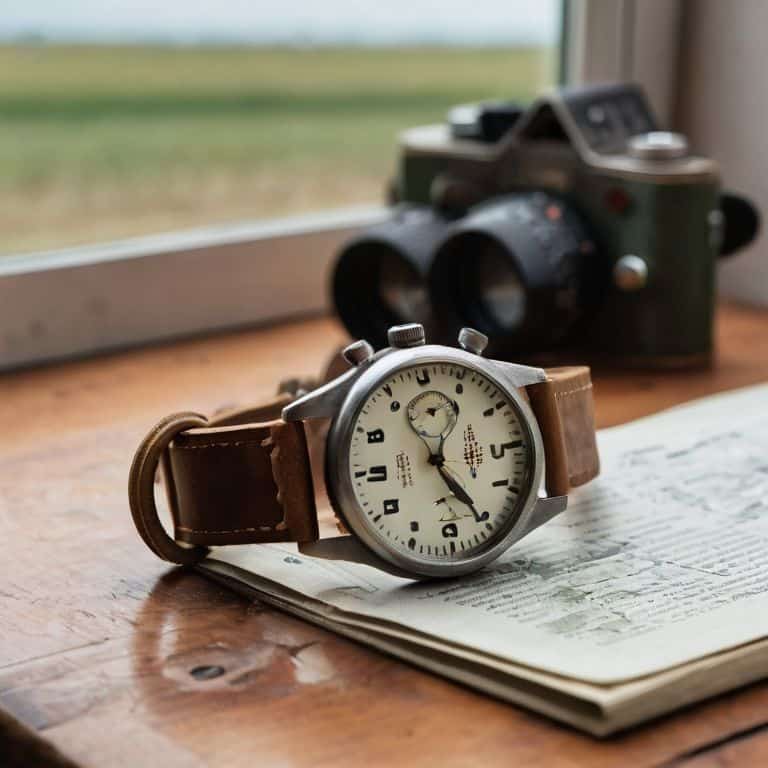
Total Time: 1 hour 15 minutes
Estimated Cost: $0 – $10
Difficulty Level: Easy
Tools Required
- Binoculars (for observing aircraft at a distance)
- Field Guide (for airplane identification)
- Notebook (for recording observations)
- Pencil (for taking notes)
Supplies & Materials
- Airplane Identification Chart (optional, but recommended)
- Internet Connection (for researching aircraft online)
Step-by-Step Instructions
- 1. First, let’s start with the basics – I want to show you how to spot different types of planes, just like I teach my students in ground school. We’ll begin by looking at the overall shape and size of the aircraft. Is it a small, single-engine plane or a large commercial airliner? This initial observation will help narrow down the possibilities.
- 2. Next, take a closer look at the wings. Are they swept back or straight? Are there any noticeable features such as winglets or a distinctive curve? The shape and design of the wings can give away the type of plane you’re looking at. For example, a Boeing 747 has a very distinctive wing shape with a raked wingtip.
- 3. Now, let’s move on to the engines. How many engines does the plane have, and where are they located? Are they mounted on the wings or on the fuselage? The type and number of engines can help identify the aircraft. For instance, a Airbus A380 has four engines, while a Cessna 172 has only one.
- 4. The tail section is another important area to examine. What shape is the vertical stabilizer? Is it tall and pointed or short and rounded? The design of the tail can be a dead giveaway for certain types of aircraft. For example, a 737 has a very distinctive tail shape with a squared-off top.
- 5. Look at the cockpit and cabin windows. Are they tinted or clear? Are there any distinctive shapes or patterns to the windows? Some aircraft have very unique window configurations that can help with identification. For instance, a Boeing 787 has a very distinctive raked windshield.
- 6. Check the landing gear. Is it retracted or extended? Are there any distinctive features such as multiple wheels or a unique gear configuration? The design of the landing gear can provide clues about the aircraft’s intended use and type. For example, a plane designed for short takeoff and landing (STOL) operations may have a specialized landing gear setup.
- 7. Finally, take a step back and look at the overall design and features of the aircraft. Are there any distinctive markings or colors? Are there any unusual features such as a radar dome or a satellite antenna? By combining all of these observations, you should be able to make an educated guess about the type of aircraft you’re looking at. Remember, practice makes perfect, so keep observing and learning, and soon you’ll be a pro at identifying airplanes.
Decoding the Skies
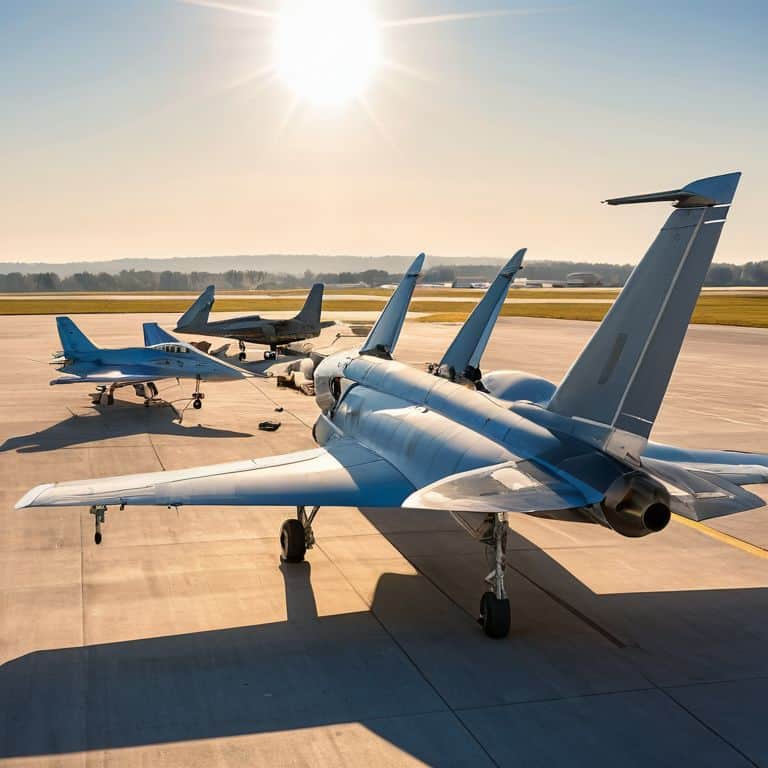
As we delve deeper into the world of aircraft recognition, it’s essential to understand the aircraft recognition techniques that can help you spot different plane types. One of the key factors to consider is the wing configuration, which can vary significantly between commercial and military aircraft. By studying the shape and position of the wings, you can make an educated guess about the type of plane you’re looking at.
When it comes to commercial plane models, there are a few distinct features to look out for. The size and shape of the engines, as well as the placement of the windows and doors, can give you clues about the specific model. Additionally, the wing configuration guide can help you identify the type of wing design, such as a low-wing or high-wing configuration. This knowledge can be particularly useful when trying to distinguish between different types of commercial planes.
To take your aircraft recognition skills to the next level, you can also try using an airplane tail number lookup service. This can provide you with detailed information about the specific plane, including its model, age, and ownership history. By combining this information with your knowledge of aircraft recognition techniques, you can become a skilled plane spotter and develop a deeper appreciation for the world of aviation.
Mastering Aircraft Recognition Techniques
To master aircraft recognition, I recommend starting with the basics: wing configuration and engine placement. Just like how a pilot uses checklists to ensure safety, you can use a mental checklist to identify key features. Look for the number of engines, their location, and the shape of the wings. Is it a high-wing or low-wing design? These details will help you narrow down the type of aircraft. As you practice, you’ll become more comfortable recognizing different models, and soon you’ll be able to spot a 737 from a 777 with ease.
By combining these visual cues with your knowledge of aircraft types, you’ll be well on your way to becoming an expert in aircraft recognition.
Unlocking Commercial Plane Models Secrets
To unlock the secrets of commercial plane models, let’s simplify the process. I teach my students to focus on the tail section and engine configuration. For instance, a Boeing 737 has a distinctive split scimitar winglet, while an Airbus A320 has a more rounded wingtip. By recognizing these subtle differences, you’ll be able to identify various commercial planes with ease.
I like to use a simple checklist, just like a pre-flight briefing, to help my students commit these details to memory. It’s amazing how a little practice can make you a proficient plane spotter. Remember, the key is to start with the basics and build your knowledge step by step.
Spotting the Differences: 5 Essential Tips for Identifying Airplanes
- Start by looking at the plane’s overall shape and size, just like you would scan the horizon for landmarks during a hike
- Notice the number and position of engines, as well as the type of wings – are they swept back or straight?
- Check the tail section: is it a T-tail, conventional tail, or something else? This can be a dead giveaway for certain models
- Look for distinctive features like winglets, antennae, or other protrusions that can help you narrow down the type of plane
- Consider the plane’s purpose: is it a commercial airliner, a private jet, or a cargo plane? This can give you clues about its size, shape, and features
Key Takeaways for Identifying Airplanes
Understand the basic components of an airplane, such as wings, engines, and tail sections, to recognize different types of planes
Learn to decode aircraft silhouettes and shapes to determine their purpose, whether commercial, private, or military
Practice observing planes in various environments, like airports or in flight, to develop your skills in identifying specific models and aircraft families
The Key to Aviation Awareness
Identifying airplanes isn’t just about recognizing shapes and sizes, it’s about understanding the story each plane tells through its design, a story of purpose, innovation, and the relentless pursuit of flight perfection.
Daniel Sato
Taking Flight with Confidence
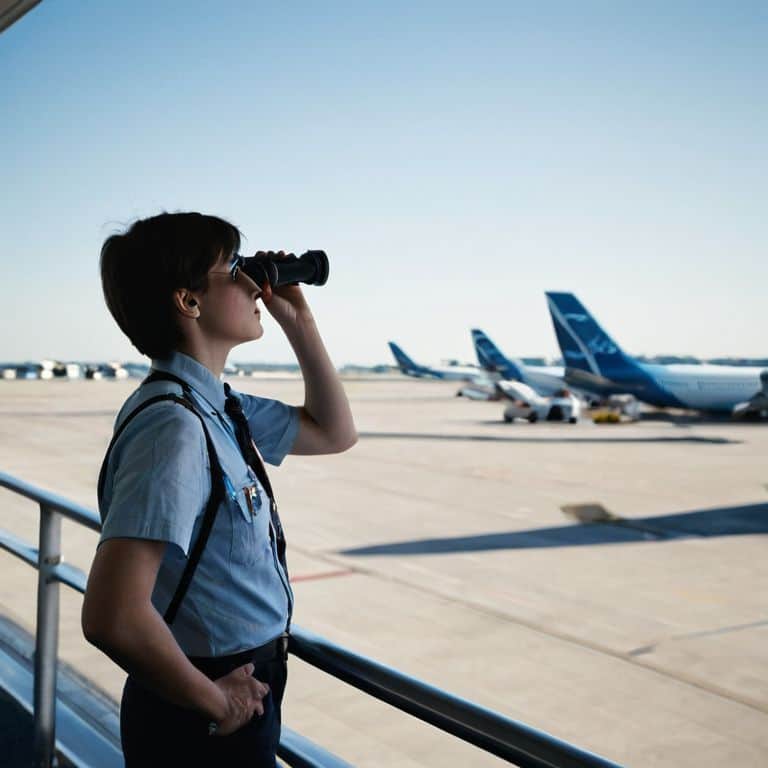
As we conclude our journey through the world of airplane identification, let’s recap the key points we’ve covered. From understanding the basic shapes and sizes of different aircraft to decoding the unique features of commercial plane models, we’ve broken down the complexities into manageable, easy-to-grasp concepts. By mastering these techniques, you’ll be well on your way to becoming proficient in recognizing the various planes that fill our skies. Remember, the art of identification is not just about memorizing facts, but about developing a keen eye for detail and understanding the story behind each aircraft’s design.
As you take to the skies, either literally or figuratively, keep in mind that the thrill of discovery is just the beginning. The real magic happens when you apply these skills in real-life situations, whether you’re spotting planes at an airshow or simply watching them soar overhead. So, go ahead, spread your wings, and let the fascination with flight guide you towards new adventures and a deeper appreciation for the incredible machines that connect our world.
Frequently Asked Questions
What are the key features to look for when trying to identify a specific type of airplane?
When identifying an airplane, I teach my students to look for key features like wing shape, engine placement, and tail design. Think of it like checking a pre-flight checklist – you’ve got to consider all the factors to ensure a safe and accurate ID.
How can I distinguish between similar-looking commercial airliners?
Let’s break it down. When distinguishing between similar-looking commercial airliners, I recommend focusing on the tail section and engine placement. For example, a Boeing 737 has a distinctive split scimitar winglet, while an Airbus A320 has a more curved wingtip. These subtle differences can help you identify the plane type, just like navigating through varying weather conditions requires attention to detail.
Are there any mobile apps or online tools that can help me improve my aircraft recognition skills?
I recommend checking out apps like Plane Finder or Flightradar24, which can help you identify planes in real-time. Online tools like Aircraft Recognition Guides or PlaneSpotting also offer interactive quizzes and databases to improve your skills. These resources are great supplements to our ground school lessons, and I encourage you to explore them.
